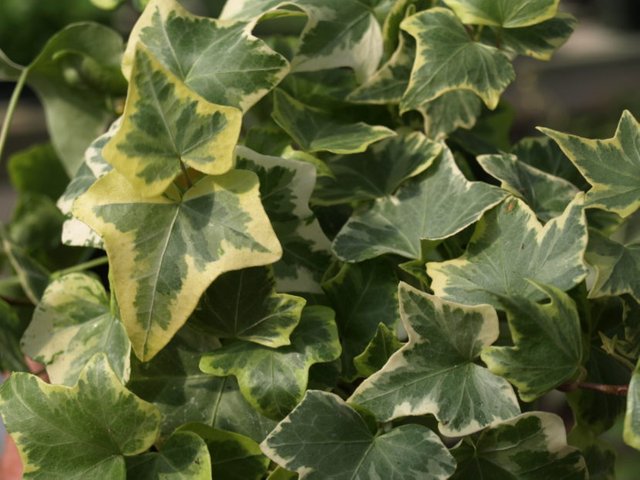
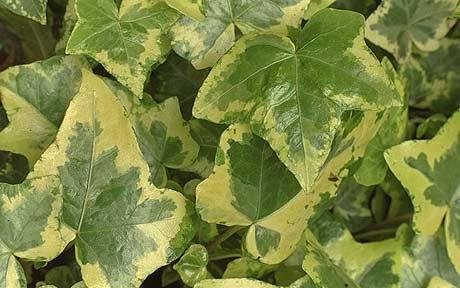
Height/Spread
While most ivies are virtually unlimited in their spread, you can easily keep them pruned to almost any size that you want when grown as houseplants. Small-leafed, slow-growing types are easier to maintain in a small pot.
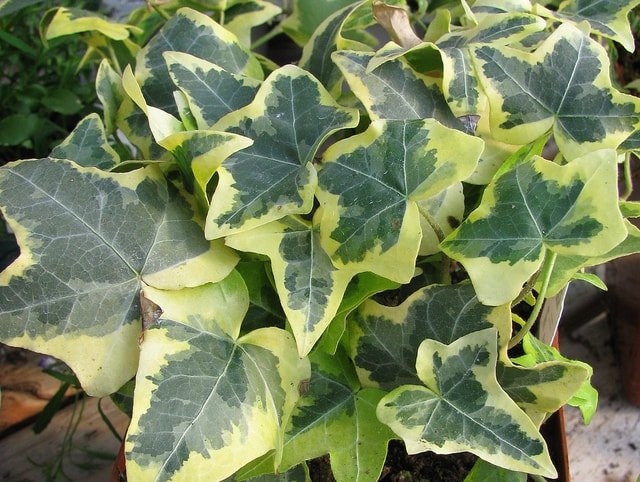
Ornamental Features
Ornamental ivies have an amazing range of different foliage types. Many ivies have leaves edged, splashed or centered with silver, gray-green, white, cream, yellow, chartreuse or gold.
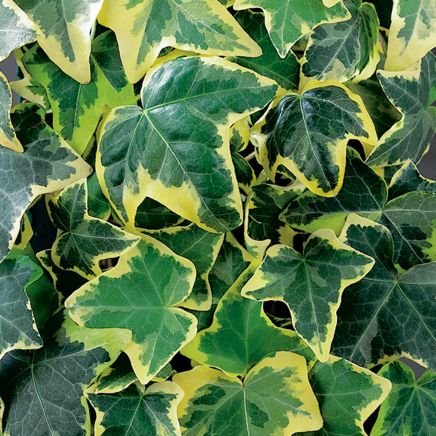
Culture
Most cultivars of ivy grow best in bright light, but not direct sun. They tolerate low to medium light, but growth is reduced and variegated forms may turn all green. To maintain the bright color of a variegated ivy, give it plenty of light. Ivies can be grown with artificial light, or near a north, east or west window.
Water ivies thoroughly, then let the soil dry to the touch to a depth of ½ inch before watering again. Although ivies prefer moderate humidity, they will tolerate normal low home levels. Raise the humidity by setting the plants on a tray of wet pebbles or perlite. Do not allow ivies to stand in water. Ivies benefit from good air circulation, and they should not be crowded.
Ivies do well at cool to moderate room temperatures of 50 to 70 °F during the day and about 5 to 10 °F lower at night.
A good, rich commercial houseplant potting mix will be fine for ivy. They should be planted in a container with good drainage.
Fertilize ivies monthly while they are actively growing with a foliage houseplant fertilizer, according to the label directions. Do not use fertilizer when plants stop growing either in the heat of summer, or when temperatures are cool.
Propagation is by rooting stem or tip cuttings. Most types of ivy will root easily in water. Repot ivies when the plants become top-heavy or root bound or dry out too rapidly. The new pot should be no more than 1 inch larger in diameter than the pot it was originally grown in. Using too large a pot can cause the soil to stay wet too long and lead to root rot.
Ivy topiaries are made by planting a small-leafed ivy cultivar at the base of a sphagnum moss- stuffed wire frame. The plants are kept trained and pinned to the frame. They need to be pruned frequently to keep the shape clear. Sometimes two types of ivy will be grown on a frame to show details, such as eyes, on an animal topiary. Be especially careful to keep the upper portions of a topiary moist.
They can also be trained to different shape frames such as circles, hearts, cones, or pyramids. Choose plants with long stems and weave them around the frame. The frame may either be a pre-made one or made from heavy-duty galvanized wire. If making a frame, be sure to extend the legs of the frame the full depth of the pot to give the planting more stability.
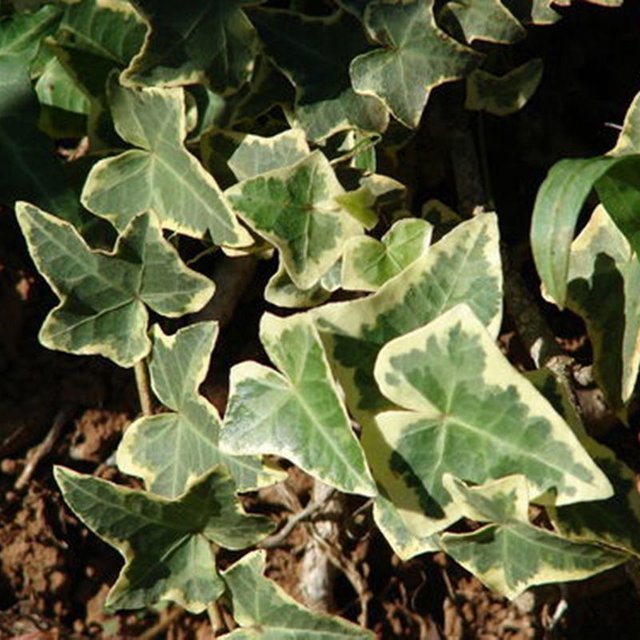
https://hgic.clemson.edu/factsheet/growing-english-ivy-indoors/
magoo-2 found a series of multi accounts of a same owner is following your articles to cheat your generous rewards.
magoo-2 found these accounts are suspicious & can be multi accounts of a single owner. Conclusion is based on last 1 year transactions:
@jacqueline5
@african1
@merina
@marizanne
@miller1
@jerry1994
@aarshi
@nawmi
@maisha
@jenifer2
@masud1
@jerry2
@selina2
@bingham
@mulder2000
@umess
@neerose123
@diaa07
magoo-2
Check our latest multi comment spam update report